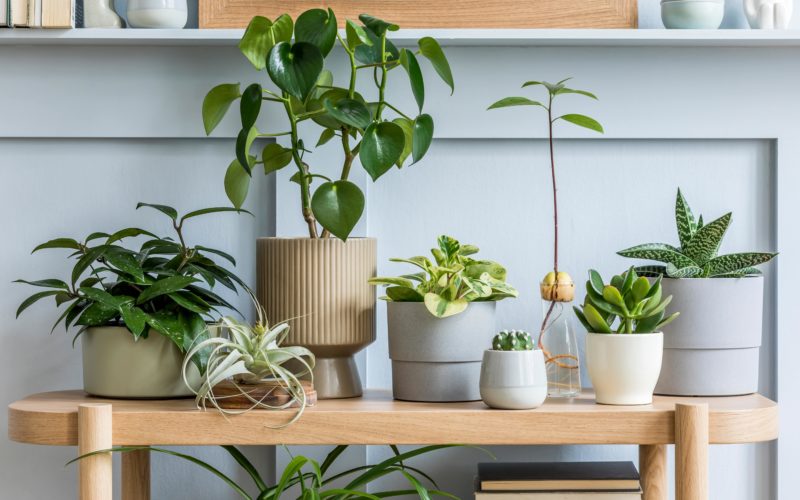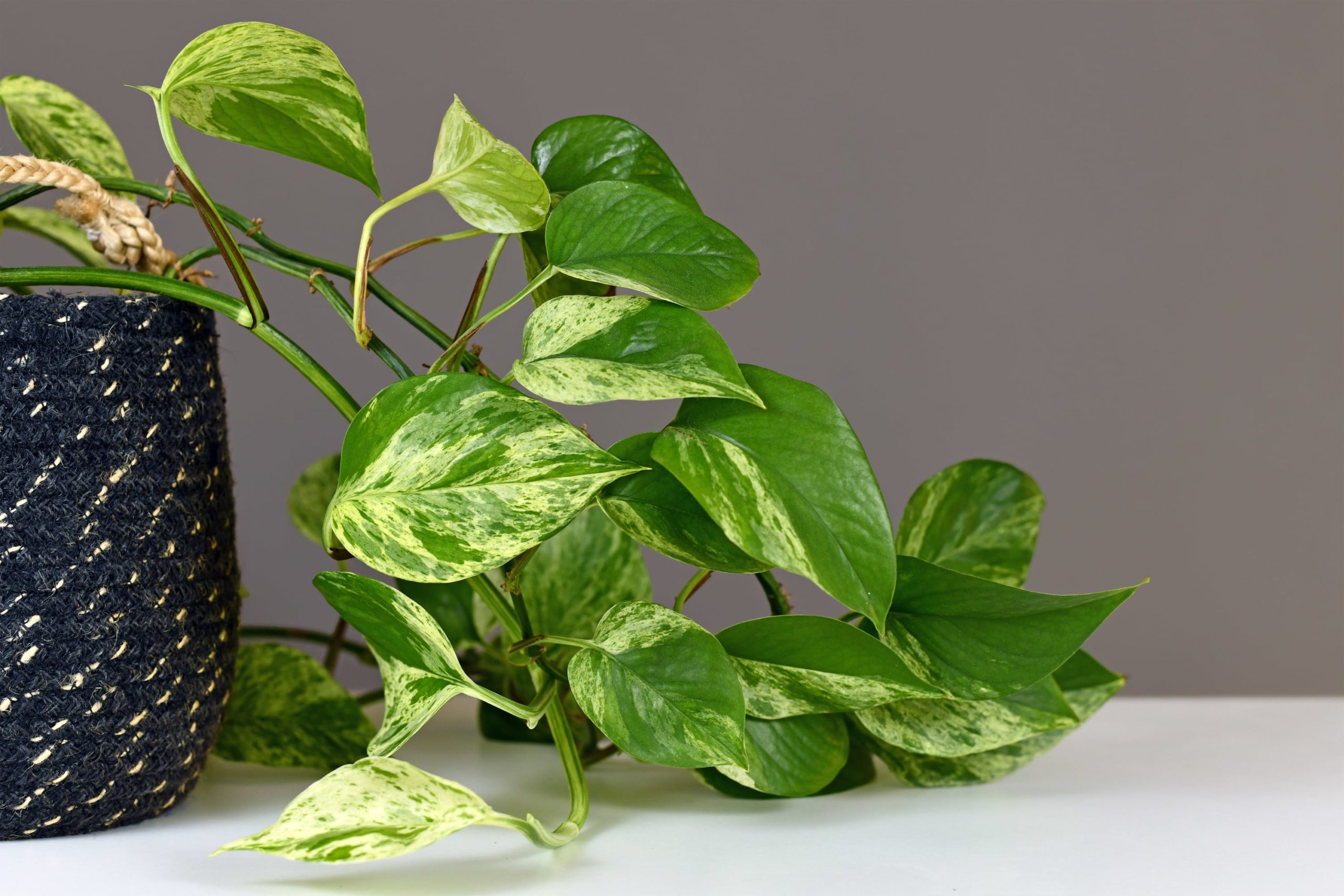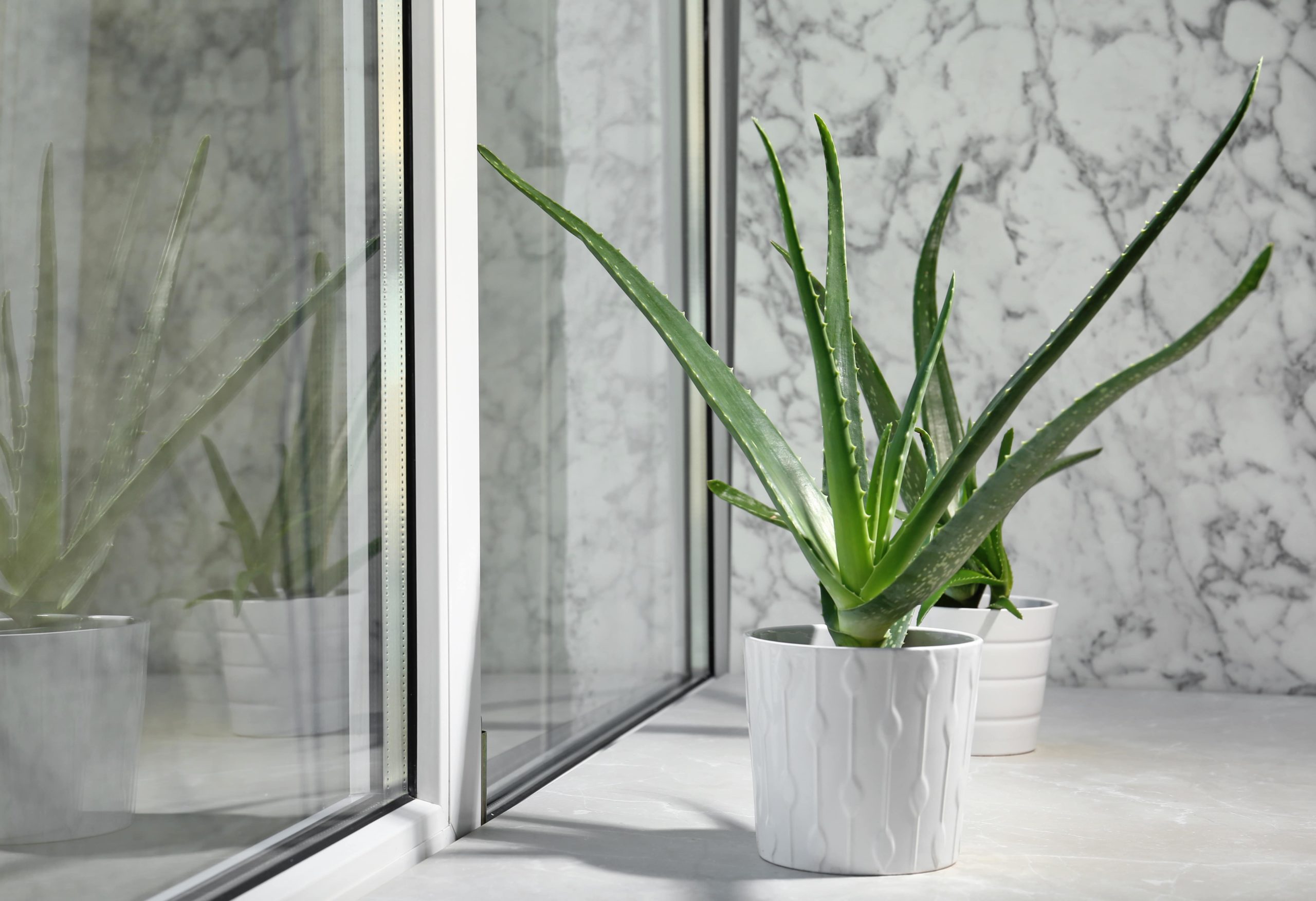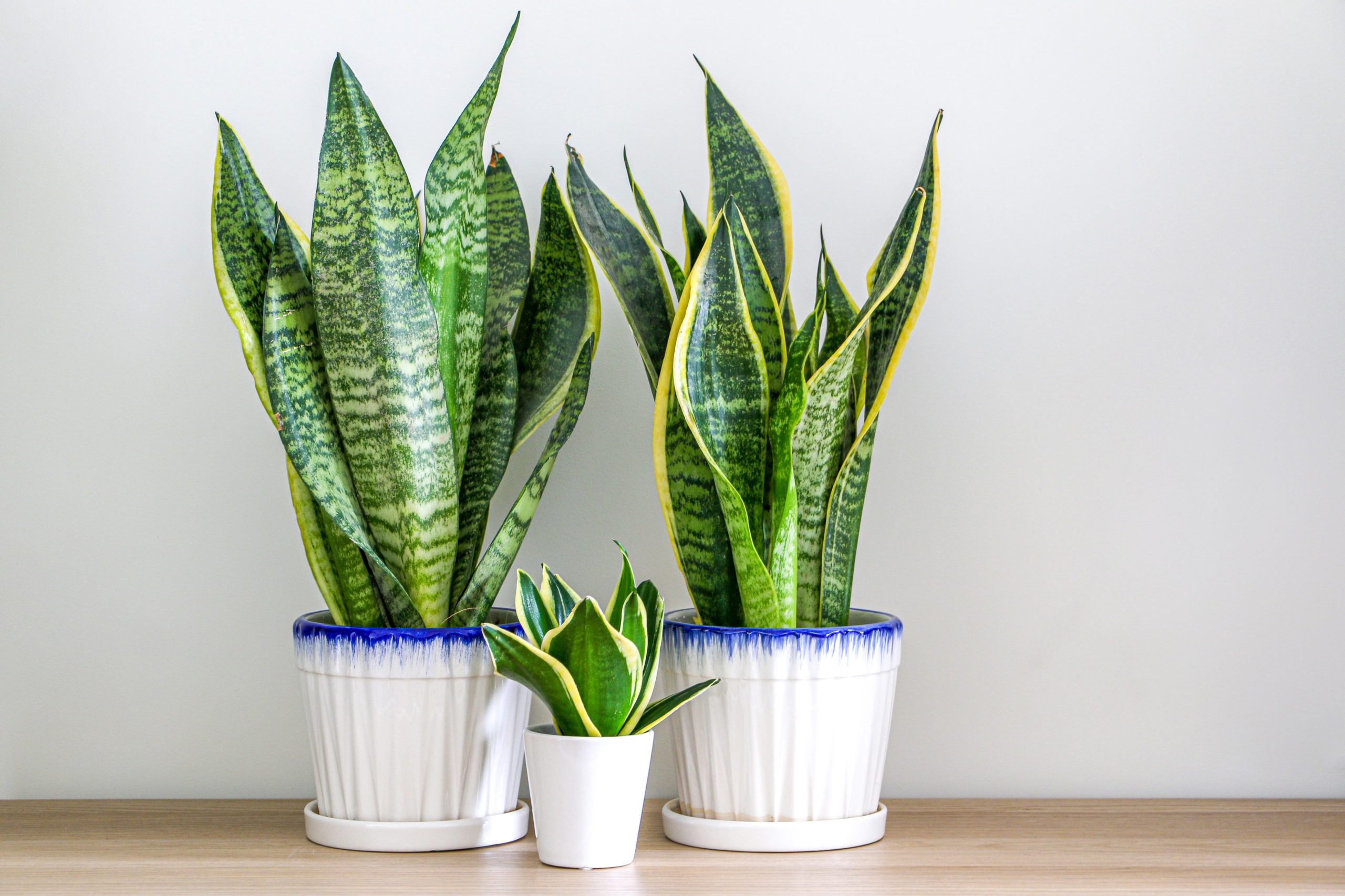How to Purify the Air in Your Home Naturally: 5 of the Best Plants for Cleaning Air

Indoor plants are great additions to any room in your home. They add a pop of color and a touch of nature to your interior design, but over the years people have been enthusiastic about filling their homes with plants for another purpose.
Using indoor plants as natural air purifiers can benefit you and your household while also sprucing the space up. It’s time to stop stressing about toxic air, so continue reading this blog to discover the 5 best plants for cleaning air as well as helpful tips to remember as you care for them.
Are Plants Natural Air Purifiers?
Research has shown that certain houseplants can act as natural air purifiers as well as decorative elements. There are many ways to learn how to purify the air in your home naturally, but if you’re a plant lover, this may be the best route for you.
Before we get into the best plants for air cleaning, it’s essential to understand the basic science behind the practice. In 1989, NASA released a study that stated a variety of plants have the ability to reduce indoor air pollutants.
While these plants are able to remove chemical toxins from the air, it’s worth noting that this process is often slow and happens gradually. Because of this, some researchers claim that in order for the process to work properly, you must have a high concentration of plants that clean the air in your home year-round.
How Do Plants Purify Air?
When you were younger, you probably learned about plants and the process of photosynthesis. While plants undergo photosynthesis, they use sunlight, water, and carbon dioxide to create oxygen and energy in the form of sugar.
In simpler terms, your plants convert the carbon dioxide we exhale into fresh oxygen, removing the toxins from the air we’re breathing.
As we mentioned before, having an ample amount of plants in your home is the key element to properly purifying the air. We recommend having at least 2 plants per 100 square feet of the room. Of course, you can always add more, but this should be a good starting point as you begin to decorate.
5 Best Plants For Cleaning Air In Any Space
Now that you know how plants act as natural air purifiers, it’s time to see which ones you can choose from. Below, we’ve compiled a list of the best plants for cleaning the air as well as the details around care you should consider before you incorporate them into your home.
1. Spider Plant
Spider plants are arguably the most popular choice for indoor plant collections because they’re easy to grow, maintain, and are attractive additions to any household.
These plants feature long, thin, arched leaves that are bright green with streaks of white. Spider plants are classic options for hanging baskets as well as standing pots and are also popular choices for homeowners who are interested in air-cleaning plants safe for cats and dogs.
To maintain a healthy spider plant, keep it in bright to moderate indirect sunlight. They prefer even moisture so make sure the soil is not too wet or too dry. We recommend planting these in a soil-based, well-draining potting mix.

2. Golden Pothos
Also known as Devil’s Ivy, Golden Pothos is another popular houseplant for its abundant growth and its ability to thrive in a variety of conditions. The plant’s heart-shaped leaves are bright green but also feature gold and white colors, which grow on long vines.
Growing and maintaining these is fairly easy. Golden pothos plants don’t like sitting in wet soil. To avoid this, use a pot with a drainage hole in the bottom and only water it when the soil becomes dry. While golden pothos can be left in low light, they will not grow as quickly and may lack color so we recommend keeping them in bright, indirect light.
Homeowners prefer to showcase golden pothos in hanging baskets where their vines can fall or in standing pots where they can grow up walls. It should be noted that these plants can be mildly toxic to animals and should be kept away from pets.

3. Peace Lily
Another favorite for houseplants, the peace lily showcases bright green leaves and beautiful white flowers. These tropical plants are used to thriving on forest floors, which is why mimicking this type of environment is essential in keeping them healthy in your home.
Peace lilies prefer soil that’s able to hold moisture and dry out slowly over time. You can achieve this by watering your plant consistently so the soil stays moist but not overly saturated.
If done properly, these plants can actually be grown in water alone. You’ll need a vase that allows the base of the plant to be suspended over the water line. Doing this will ensure the roots can grow down into the water while the base of the plant and its leaves aren’t consistently wet. Keep in mind that as it grows larger, you’ll want to transfer the plant to a pot with soil.
You’ll want to keep your peace lily in bright, indirect light. This will encourage the white flowers to bloom without drying out the leaves. In some cases, peace lilies will grow to be too large for one pot. If this happens, you may want to consider dividing it into smaller plants, each with several leaves per clump.

4. Aloe Vera
Aloe vera is a succulent plant species with thick, green, and fleshy leaves that have slightly serrated edges. It’s known as one of the best indoor plants for health because its leaves produce a serum that’s used to relieve pain from burns, scratches, and cuts.
Because it’s a type of succulent, avoid using gardening soil when planting aloe vera plants. Instead, use a well-draining potting mix that contains perlite, lava rock, or chunks of bark. The best practice to follow when watering your plant is to do so deeply but infrequently. You can achieve this by watering aloe about every 2-3 weeks.
Aloe vera plants enjoy bright, indirect sunlight. Ensuring your plant gets as much sunlight as possible is imperative and will improve your chances of encouraging it to flower. However, it’s important to note that some aloe plants won’t flower indoors even with the right conditions.

5. Snake Plant
Known for being one of the highest oxygen-producing indoor plants, the snake plant is perfect for beginners. Their long, flat leaves are bright green, outlined by yellow stripes, and patterned with darker green streaks.
When planting snake plants, it’s important to use well-draining soil as well as a pot that features a drainage hole. We recommend using terra cotta pots since they allow the soil to dry up better than plastic ones and tend to add more to your interior home design. You don’t need to water snake plants too frequently, it’s good to allow the soil to dry out between waterings (about every 1-2 weeks).
Snake plants prefer bright, indirect sunlight but can also endure some direct sunlight for short periods of time. They can also be grown in low-light conditions, however, be aware of when you move your snake plants from one light source to the other. Switching from bright light to low light can shock your plant and hurt its growth process.

Adding more houseplants to your indoor garden collection takes some work, but the benefits often outweigh the maintenance required. If you take the time to keep your plants healthy, you’ll understand why homeowners consider them lasting investments for years to come.
Consider bringing some life indoors this winter. Check out the wide variety of houseplants, cacti, and succulents we offer online and in-stores today!
